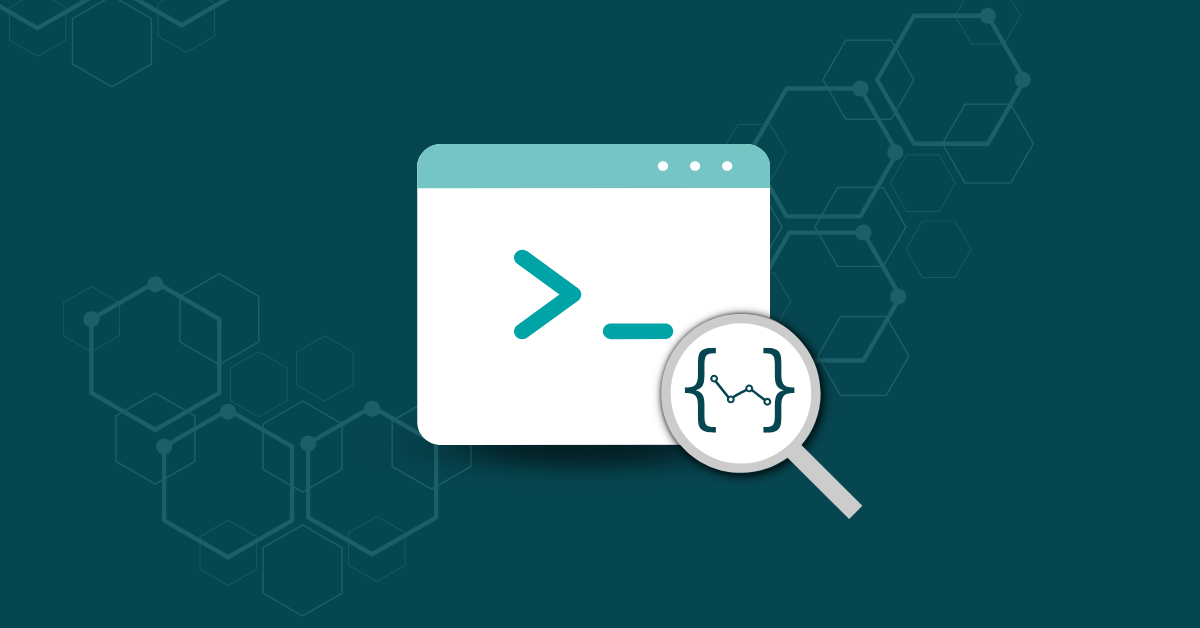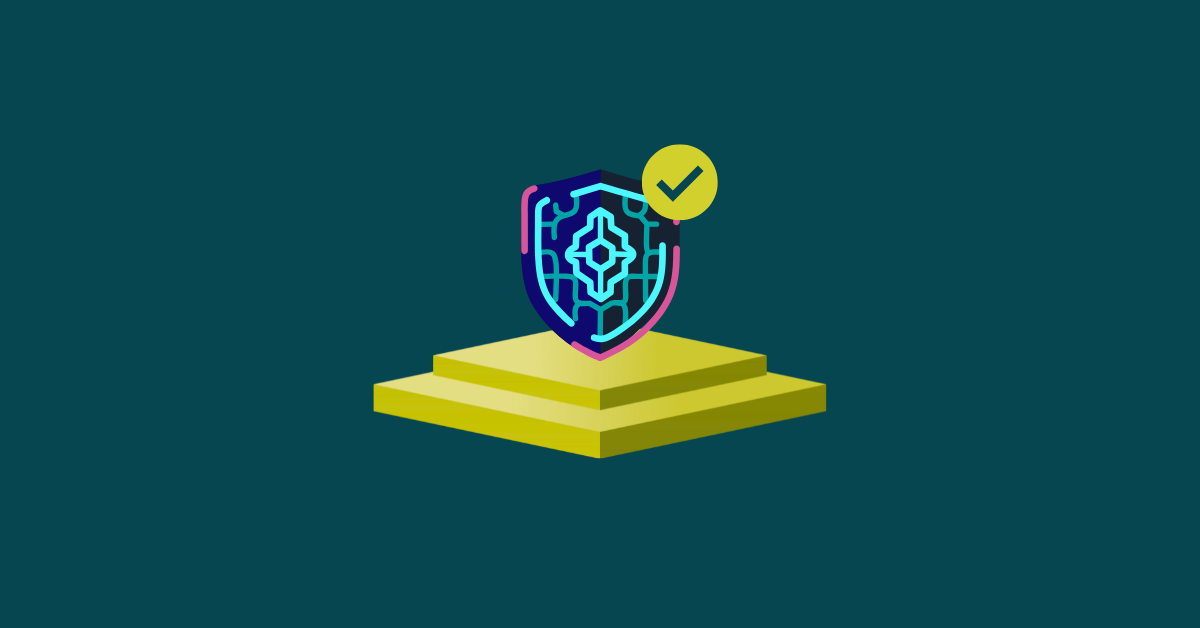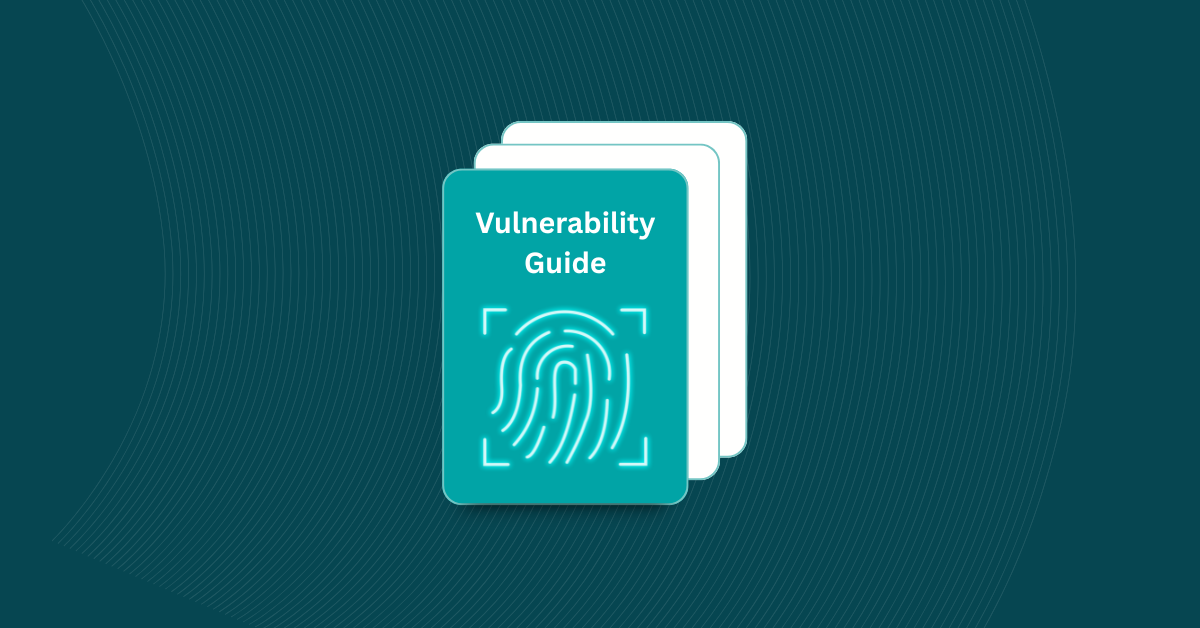

DevSecOps tools form the backbone of modern secure software delivery. As organizations race to release features faster, the challenge isn’t just writing great code; it’s ensuring that every commit, container, and deployment is protected against evolving threats.
That’s where DevSecOps shines, weaving security into every stage of the development lifecycle without slowing teams down. The right tools help developers catch vulnerabilities early, automate compliance checks, and strike the right balance between speed and safety.
In this post, we will cover the main categories of DevSecOps tools, explore the top platforms teams rely on, and share practical guidance on how to choose the right toolchain for your organization.
The rise of cloud-native applications, microservices, and continuous delivery pipelines has reshaped how software is built and released.
But with faster delivery comes greater risk — security vulnerabilities can slip into production long before traditional testing or audits catch them. DevSecOps tools address this challenge by embedding security checks directly into the development process, ensuring issues are identified and resolved early.
Instead of treating security as a final gate, DevSecOps brings it into daily workflows. Tools for static application security testing (SAST), container scanning, secret detection, and policy enforcement help developers work securely without adding friction. This not only reduces costly rework but also strengthens compliance with industry regulations.
Recent data shows that enterprises using risk-based vulnerability management (RBVM) suffer up to 80% fewer breaches.
By combining DevSecOps tools with RBVM practices, teams can prioritize the most critical vulnerabilities, mitigate them quickly, and drastically reduce the likelihood of exploitation.
Most importantly, DevSecOps tools enable collaboration between developers, operations, and security teams. By shifting security left and automating protections, organizations can release software at the speed users demand while keeping applications resilient against today’s evolving threats.
DevSecOps tools span multiple categories, each addressing different risks in the software development lifecycle. Below are the most common types and the roles they play in strengthening application security.
Key categories:
Runtime security and monitoring: Provides visibility into production environments, detecting threats in real time.
| Category | Primary function |
| Static application security testing (SAST) | Scans source code during development to detect vulnerabilities early. |
| Dynamic application security testing (DAST) | Tests running applications to uncover runtime and input-validation issues. |
| Software composition analysis (SCA) | Flags vulnerabilities in open-source libraries and third-party components. |
| Container and image scanning | Identifies vulnerabilities and misconfigurations in containerized workloads. |
| Secrets detection | Prevents credential leaks by scanning repositories for keys, tokens, and passwords. |
| Policy enforcement and compliance | Ensures alignment with standards (e.g., PCI DSS, HIPAA, GDPR) across the toolchain. |
| Runtime security and monitoring | Provides continuous monitoring and threat detection in production environments. |
Below are some of the leading DevSecOps tools organizations rely on today. Each plays a different role in securing code, containers, and production environments, helping teams shift security left without slowing delivery.

Overview:
Kiuwan specializes in shifting security left with powerful SAST, code quality & SCA capabilities. It integrates seamlessly into developer workflows, analyzing source code for vulnerabilities and compliance issues. With customizable rulesets and support for multiple languages, it ensures security is embedded from the earliest stages of development.
Pros:
Cons:
G2 score: ★★★★☆ (4.5/5)

Overview:
GitLab provides an all-in-one DevOps and DevSecOps platform. Its built-in security features include SAST, DAST, dependency scanning, and secret detection—making it a strong choice for teams looking for simplicity and centralization.
Pros:
Cons:
G2 score: ★★★★☆ (4.4/5)

Overview:
Snyk focuses on securing open-source dependencies, container images, and infrastructure as code. Its developer-first design helps teams fix vulnerabilities early with automated remediation advice.
Pros:
Cons:
G2 score: ★★★★☆ (4.6/5)

Overview:
Aqua provides full lifecycle security for containers, Kubernetes, and cloud-native workloads. It’s strong in runtime protection, compliance enforcement, and image scanning.
Pros:
Cons:
G2 score: ★★★★☆ (4.5/5)

Overview:
Checkmarx is an established leader in application security testing, offering SAST, SCA, and interactive application security testing (IAST). It’s widely adopted by enterprises that require scalability and depth.
Pros:
Cons:
G2 score: ★★★★☆ (4.3/5)

Overview:
SonarQube blends static code analysis with code quality metrics. While not a full DevSecOps suite, it’s widely used for detecting vulnerabilities, bugs, and code smells.
Pros:
Cons:
G2 score: ★★★★☆ (4.4/5)
| Tool | Best for | Primary strengths | G2 Score |
| Kiuwan | Static application security testing (SAST) | Deep, customizable SAST rulesets, CI/CD and IDE integration, strong reporting, secure-by-design focus | 4.5/5 |
| GitLab | Integrated DevSecOps pipelines | All-in-one platform with built-in SAST, DAST, dependency scanning, and secrets detection | 4.4/5 |
| Snyk | Software composition analysis (SCA) | Leading in open-source risk detection, automated remediation, IDE and repo integrations | 4.6/5 |
| Aqua Security | Container and cloud-native security | Container and Kubernetes protection, runtime threat detection, compliance enforcement | 4.5/5 |
| Checkmarx | Enterprise-scale application security | Wide coverage (SAST, SCA, IAST), enterprise scalability, detailed remediation guidance | 4.3/5 |
| SonarQube | Code quality and maintainability with security checks | Blends code quality metrics with security checks, strong CI/CD integrations, open-source option | 4.4/5 |
With so many DevSecOps tools available, the best approach isn’t to adopt them all—it’s to choose the right mix for your team’s needs. The ideal toolchain balances developer experience with security effectiveness and clear ROI. When evaluating options, consider the following:
For teams focused on shifting security left, Kiuwan’s customizable SAST engine, seamless integrations, and secure-by-design methodology empower developers to catch vulnerabilities early without slowing releases. Combined with complementary tools for container scanning, dependency management, and monitoring, Kiuwan helps enterprises build a secure, efficient, and resilient DevSecOps workflow.
Ready to strengthen your pipelines? Request a free trial and see how it supports secure-by-design practices in your DevSecOps strategy.
DevSecOps tools are technologies that embed security into the software development lifecycle. They automate processes like static application security testing (SAST), container scanning, dependency analysis, and runtime monitoring to reduce risks without slowing down delivery.
They ensure vulnerabilities are identified early in development, lowering the cost of fixes and improving compliance. Combined with risk-based vulnerability management (RBVM), organizations using DevSecOps tools can reduce breaches by up to 80%.
Top solutions include Kiuwan (SAST), GitLab (integrated pipelines), Snyk (open-source security), Aqua Security (container security), Checkmarx (enterprise-scale testing), and SonarQube (code quality with security checks). Each addresses different parts of the DevSecOps toolchain.
They connect directly to CI/CD workflows, automating code scans, dependency checks, and policy enforcement during builds and deployments. This ensures continuous protection without slowing down release cycles.
Key factors include developer adoption, integration with IDEs and repositories, comprehensive coverage (code, dependencies, containers, runtime), scalability, and compliance support. If your priority is early detection, Kiuwan offers advanced SAST tailored for developer workflows.
Not exactly. AppSec tools focus specifically on application security testing, while DevSecOps tools extend across the full pipeline—covering code, infrastructure, containers, and production monitoring. AppSec is a subset within the broader DevSecOps approach.
They automate security checks aligned with standards like PCI DSS, HIPAA, GDPR, and ISO. By enforcing policies in code and pipelines, DevSecOps tools simplify audits and reduce compliance risks.
No. Small and mid-sized teams benefit from lightweight or open-source solutions like SonarQube and Snyk. Larger enterprises often add tools like Kiuwan, Aqua, or Checkmarx for deeper coverage and scalability.
By integrating into IDEs and repositories, these tools give developers instant feedback and remediation advice. This avoids rework, reduces context switching, and allows teams to deliver secure code faster.
They don’t replace manual audits or penetration testing but complement them. DevSecOps tools provide continuous, automated security, while traditional methods validate resilience against advanced or targeted attacks.
Yes. Many platforms include secret detection to identify exposed API keys, passwords, or tokens in repositories. This prevents credential leaks, which are a common cause of breaches.
While widely used in software development, fintech, healthcare, and government, any organization with critical applications can benefit. Industries with strict compliance requirements especially rely on these tools to balance speed and security.


